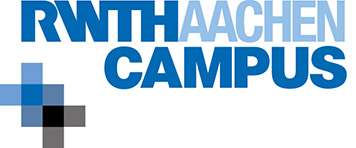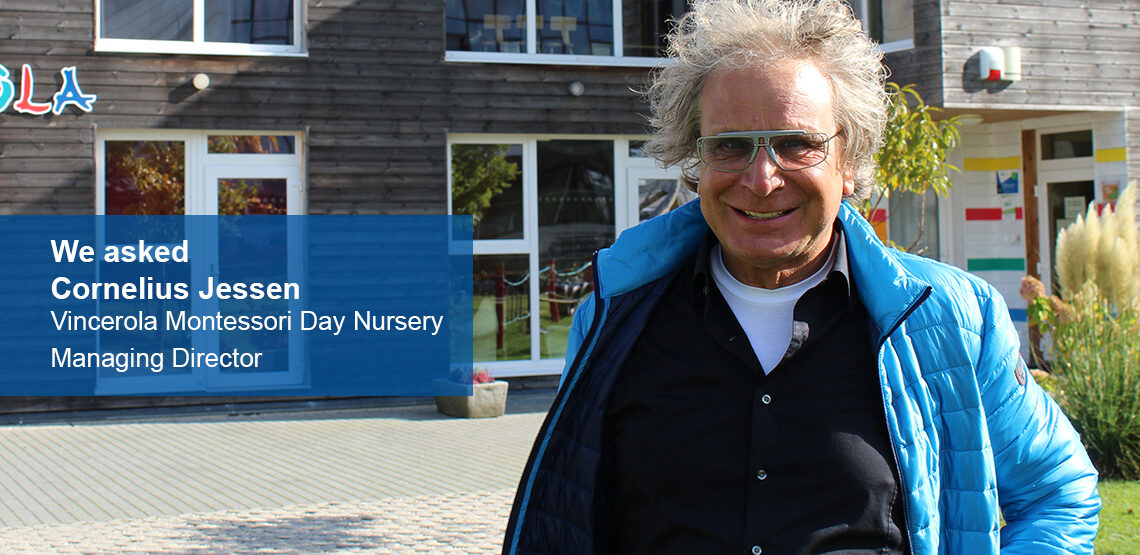20. November 2019
The kids learn about mathematics, sensory perception and language. The latter, in particular, forms a large part of our daily work. We are a bilingual childcare facility and use the immersion method to get them to speak both languages quickly. Each group has a German-speaking childcare professional, as well as a native speaker from e.g. Great Britain or the Spanish-speaking region. The childcare personnel will only ever speak to the children in one language – we even have colleagues, who don’t speak any German at all and only communicate with the kids in their native language.
One special feature of our teaching approach is that the rooms are conceived in such a way as to not offer much distraction for the kids. We focus on what’s important – the kids have everything they need, but are not distracted and not overpowered by a mass of toys. The kids spend their time in topic-specific rooms, here they find everything they need for a constructive day. There is a library, a room for handicrafts or cooking, as well as project-focused areas, for example about our garden or topics like our universe.


